Jerusalem the Mosque of Omar
Watercolor
Signed lower left
Dated March 1930 lower right
A student of the watercolorists Mathilde Delattre (in 1901), Blanche Odin (in 1902) and Pierre Vignal (in 1911), as well as the anatomist Édouard Cuyer (in 1905), she painted urban landscapes and seaside scenes. Also a flower painter, she developed some of her watercolors into an "Art Deco" style. She exhibited from 1899 to 1939 and became a Sociétaire des artistes français. In 1905, she taught drawing and watercolor at her home in Argenteuil. Highly productive, she sent numerous watercolors each year to the Union of Women Painters and Sculptors Salon—the selection of works being less strict than at the Salon of French Artists—consignments including floral compositions and landscapes, whose titles reflect her frequent travels in France and the shores of the Mediterranean. For the Salon, floral submissions were favored—or preferentially selected by the selection jury. In 1910, her watercolor Au Paradou was particularly noted at the Union Salon: “Ms. Ysabel Minoggio, seduced with her large panel “au Paradou,” crafted with remarkable white carnations, one can read Zola’s beautiful lines below the painting: “White carnations overflowed from the mossy trough, variegated carnations planted in the stone cracks, the variegation of their cut-out muslin hives, etc.” In February 1911, the Union awarded her the Guérinot Prize. From 1916 to 1919, the Union exhibition continued despite the war, but in a smaller format, and it had to restrict the number of its shipments.















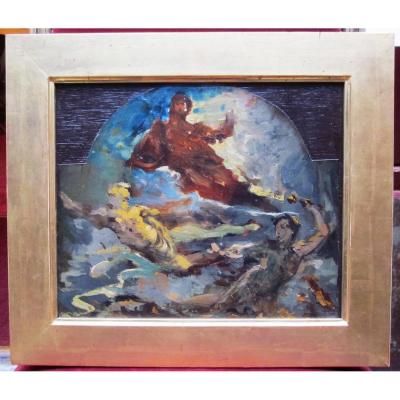




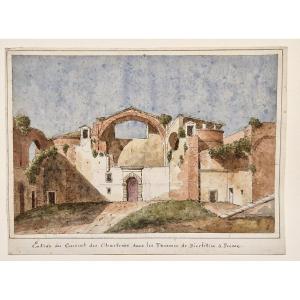

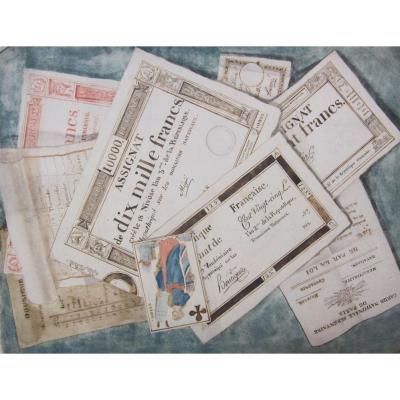
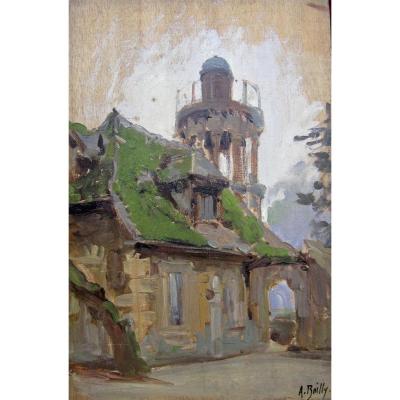

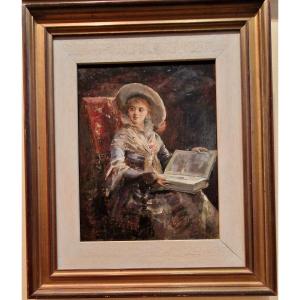

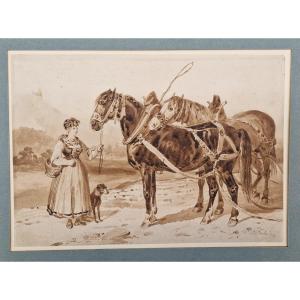
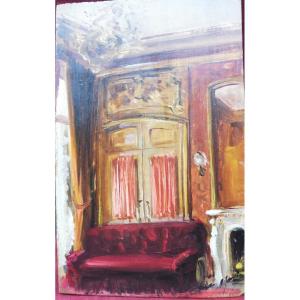









 Le Magazine de PROANTIC
Le Magazine de PROANTIC TRÉSORS Magazine
TRÉSORS Magazine Rivista Artiquariato
Rivista Artiquariato